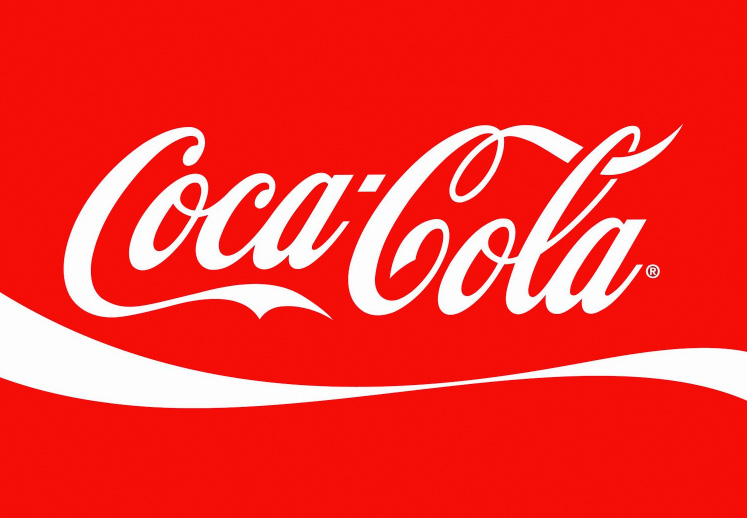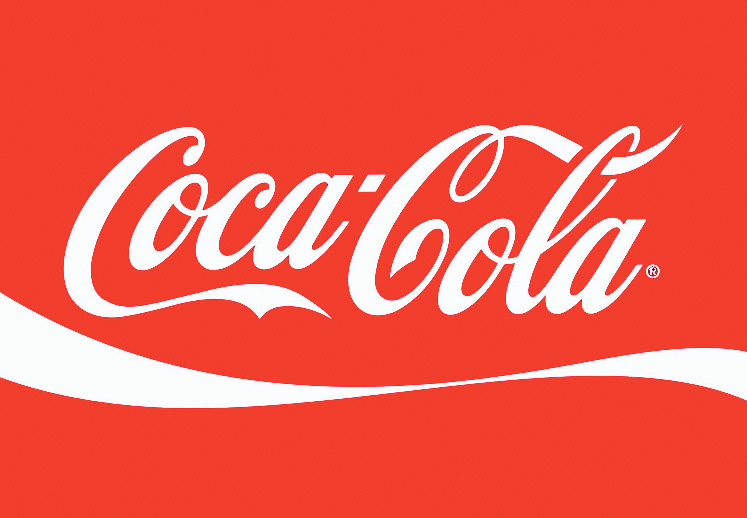gordo
Well-known member
Status E and T is for density measurements. SMS is LAB based.
Good.
Status E and T is for density measurements. SMS is LAB based.
On the topic at hand, I'll just say...
So let's say you're running an ad in Architectural Digest, and in the Sunday supplement of the local newspaper.
Want them both to match? Because what that means is your ad in Architectural Digest can look exactly like it was printed on newsprint.
I've yet to meet a client who thought that was a good idea.
Mike
Gordo,
Just for the record, Adobe did not develop Flash.
It was developed by a small company in LA named FutureWave Software, and originally called FutureSplash. FutureWave was bought in the mid-nineties by Macromedia, and FutureSplash became Macromedia Flash. And at the time, and just as vector animation software, it was cool as all hell.
When Adobe swallowed up Macromedia, they began the porking out of Flash, eventually making it the hated hog it eventually became.
Too bad, really.
Mike Adams
Correct Color
On the topic at hand, I'll just say...
Wow... That's terrific.
One thing I'm often asked by clients is if this and that will match, and my standard reply is, "Yes, with two caveats: White point of the media and gamut of the device."
Most clients nod, understand, and seem content with that, but occasionally someone will ask if there isn't a way to compensate.
Sure there is, I tell them. The way to do that is to dumb whatever you're doing down to the smallest gamut you have to deal with.
So let's say you're running an ad in Architectural Digest, and in the Sunday supplement of the local newspaper.
Want them both to match? Because what that means is your ad in Architectural Digest can look exactly like it was printed on newsprint.
I've yet to meet a client who thought that was a good idea.
Mike
So in general, dumbing brand colors down to CMYK is actually not dumb. It is practical.
I don't think you'll get disagreement on that. However, you're going a step further. You're dumbing down brand colors to uncoated CMYK. I doubt that there will be much support for that goal.
Lets hope you are wrong Gordo
He isn't. You've identified the problem accurately enough, but I'm almost certain this solution will fail, not least because there's already a better one - a combination of ICC-based colour management, an understanding of the limitations of different media, and an understanding of the brand owner's needs.
One of our clients has various seasonal sales over the year. For each one, they launch a campaign that includes social media, direct mail, and local newspaper ads, all featuring a colourful seasonal illustration, and I create the artwork for all of it. For consistency, I could start with the ISOnewspaper26v4 gamut, and convert for everything else. Do you think the client will be happy with those dull-as-dishwater designs? I don't, so I start with sRGB, and an understanding of what's likely to happen to those colours when they hit the digital press, the local paper and a Facebook feed.
I wish you luck in convincing creatives and brand owners that they should switch their brand color, for example, from this:

to this:

for the sake of brand color consistency.
Interesting thread--a few thoughts (some of which have been at least partially addressed):
- Wouldn't 7-color expanded gamut (CMYKOGV) make CMYK obsolete as far as brand color management?
CMYKOGV (or something similar) will I'm sure end CMYK when CMYKOGV becomes the global standard for color printing. Right now you can't even convert RGB to CMYKOGV in Photoshop (at least the last time I checked), - so it is still in it's infant years. Once it becomes the global standard, you will be able to buy SMS CMYKOGV colors of course ;-)
The only reason I can think of to adopt a newly-created CMYK SMS would be to conform to a print shop's existing press capabilities (esp. digital).
I do believe just about all printshops, large and small have CMYK printers or presses. Most of them will be able to receive a CMYK PDF that is either made for printing on Fogra 51 or Fogra 52ish paper and convert the document to their devices color gamut. So, basically the printshops have to conform to the icc profile that is attached (or not attached) to the document they receive from their customer - well in the case where they are using SMS CMYK colors.- Helping match coated to uncoated sounds interesting--we've always done drawdowns from our ink room when our proofs couldn't approximate color.
It is actually really cool, especially if you are a printer. For me it is the the perfect proof that color management is not just a hype. I hope SMS will help reduce the number of ink drawdowns you have to do.- In the Internet age, hasn't photographic color consistency (for print, anyways), diminished in importance relative to brand color consistency? What I mean is: magazines, brochures & newspapers are in decline, while packaging may not be so much.
Well, these days everyone is talking about brand colors and a lot of big companies are spending a lot of energy focused on brand colors. However, all the energy seems to be focused towards the packaging industry - on printing on coated substrates, to be more precise - while commercial printing, magazine printing and newspaper printing seem to be completely forgotten. I am guessing it's because there is more money in packaging than the other categories. I have actually not heard a lot of work being put into maintaining consistency between photographs, - while of course we have the ISO standard which attempts to standardize (at least perceptually) the colors in photographs. I am not too concerned about consistency in color of photographs - except if the photograph should include one of my SMS colors - in that case I want it to be correct ;-)- In capitalism (in America, anyways), it seems that everyone who is selling anything wants the packaging to stand out from the competition (especially if the product itself is largely the same across brands). So theoretically, if everyone adopted whatever CMYK SMS, anyone who deviated would stand out from the crowd in the marketplace, and probably sell more product.
I would have hoped that anyone who dared deviate from the standard would be expelled from the USA. I have not yet been able to reach Mr. Trump, but I will be having this discussion with him when I do.
Perhaps something has changed but I don't think manufacturers of consumer products are spending all that money to try to ensure brand color consistency and to minimize color deviations between batches just because they don't know where to put their money.
The thing is, everyone would have this exact same thought, and would want to stand out in their own way (special spot inks, metallics, foil, white ink, varnish, etc.), leaving us back where we are now. No matter what kind of standardization exists, someone always wants to break the rules for their particular product.
Breaking the rules is fine but consistency never goes out of style - whether it has to do with picking one color and making sure that the product remains in that color, or if you are manufacturing a chair. You build your prototype of the chair, try it out and then you send it to the manufacturer. If you manufacture 100.000 chairs, I assume you would want all 100.000 chairs to be identical, - right?- Our company printed a color atlas about nine years ago, in 4 and 6-color process. We haven't really done one since, because we're usually taking our cues from brand designers and not the other way around. To me, any CMYK SMS would only show a brand designer what they're missing.
I wish you luck in convincing creatives and brand owners that they should switch their brand color, for example, from this:

to this:

for the sake of brand color consistency.
Is this topic thread still running? :]
Yes, we plan to keep it running until Gordo has given a formal statement that SMS is the best color matching system in the universe
Visual identity is not only for multinationals and the big end of town.
Some people like vibrant, saturated colours – some probably don’t. Colour trends change.
That's exactly right Stephen.
For instance the Pantone Color of the Year 2019 is quite subtle and natural, - one I bet could be matched quite well in SMS. I am not going to do that however without a formal request from my friends at Pantone.
There will surely always be companies and causes where it is appropriate to go as vibrant as you can in color, while for other companies and causes, more natural colors may in fact work better. There is a global trend towards everything natural, including using paper rather than plastic and in that case rather using "natural" paper rather than coated - i.e. uncoated paper, - which should help SMS, since SMS colors are developed for uncoated paper and coated paper, hand in hand.
Is it such a stretch to imagine a designer or agency asking a new client the following:
“What is more important to you:
(a) consistent colour across diversely printed materials (coated and uncoated, forgetting newsprint, kraft paper box printing etc), or
(b) achieving a more intense/vibrant/saturated result in some print mediums vs. others where this is not possible, therefore having the best in each medium, but inconsistent colour across the range?”
Sure, this may not be for every designer/agency/client – however I don’t doubt that it could be a valid discussion.
This is a valid point Stephen and I am sure your approach would work in many cases.
Personally I have always been a bit of a dictator at heart. I like the idea of the brand owner / customer giving the advertising agency he hires full creative freedom, from designing the logo and artwork to picking the most appropriate colors for the logo.
I simply don't like it when non-professional customers start mingling in things they don't understand, just because they are paying for it. It will end up in an "acceptable" outcome - but probably not award winning design.
Having said that, I WOULD however like brand owners to put down their foot if their colors turn out to be inconsistent in all mediums - since this is in my opinion as important as spelling the name of the company correctly in all cases.
From my perspective it simply doesn't make sense to represent a company - at least medium to large companies in many color variations that are even random within the same category (because there is no conditional standard). As I mention somewhere on this thread, - it looks like someone messed up.
For instance, my c4m100y95k0 will probably not look like yours, unless we first agree on the printing standard and the papertype.
Best regards
Ingi
Stephen Marsh
Originally posted by Stephen Marsh
Is this topic thread still running? :]
Yes, we plan to keep it running until Gordo has given a formal statement that SMS is the best color matching system in the universe

|
InSoft Automation Unveils Imp Version 14
Revolutionizing Layout Planning and Automation InSoft Automation announces the launch of Imp Version 14, the latest iteration of its industry-leading cost-based layout planning software. Packed with cutting-edge features, this release redefines efficiency, automation, and workflow optimization for printing and finishing processes. Learn more……. |

